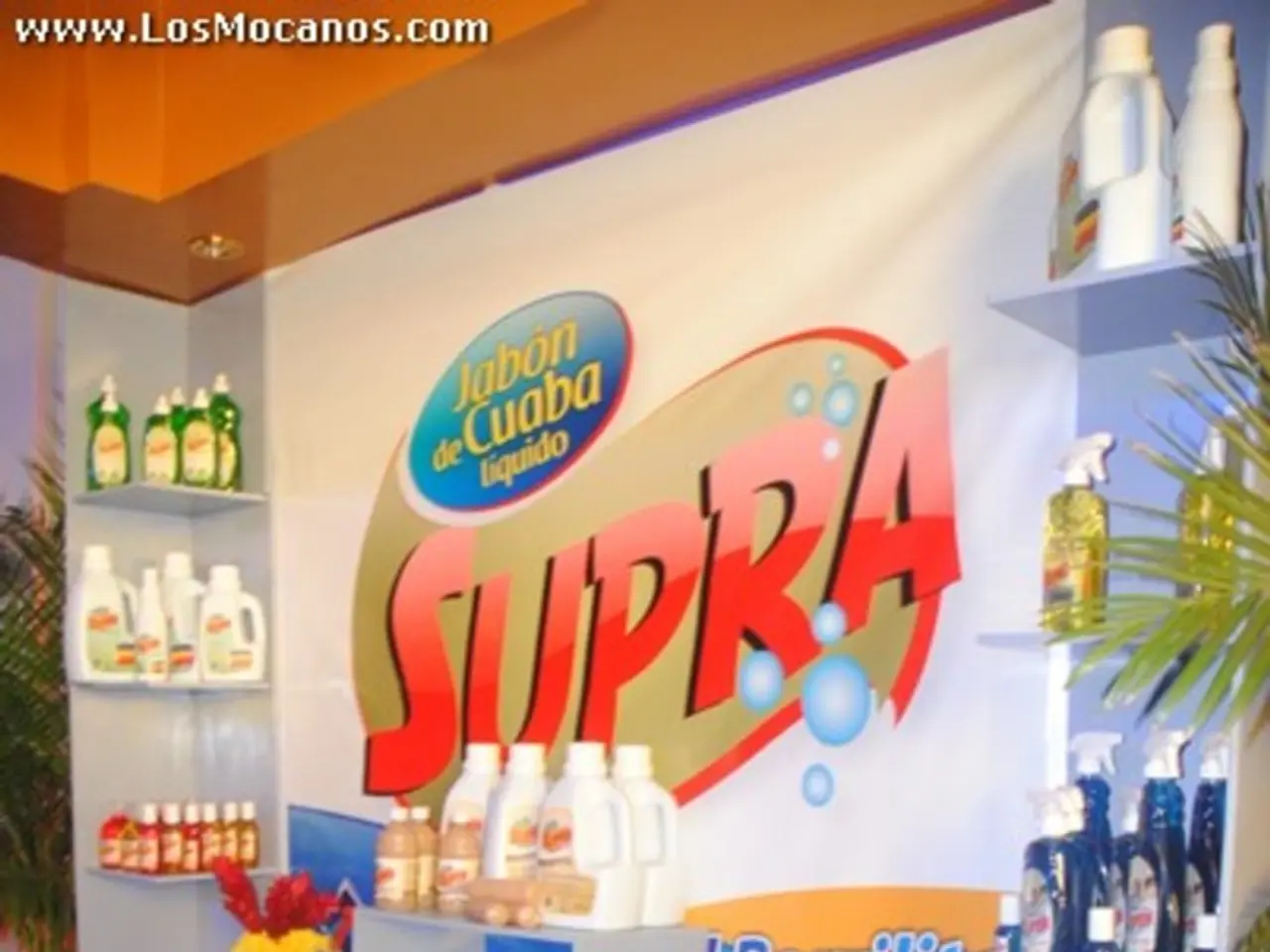Luxury brand Hermès Transforms into the Epitome of Exclusive Status Symbolism
Hermès, the iconic French luxury brand, has built its reputation and resilience on a strategy of product scarcity. This approach, which creates an aura of exclusivity and desirability, sets it apart from many competitors.
By deliberately limiting the supply of its most sought-after items, such as the Birkin and Kelly bags, Hermès maintains scarcity, fueling demand among the super-rich. This strategy allows the brand to command premium prices and sustain high operating margins, currently around 40%.
Controlled Production and Quality
At the heart of Hermès' scarcity strategy is controlled production. The brand produces a small number of flagship products, each requiring extensive artisanal labor. For instance, a Birkin bag takes between 18-25 hours to craft. About 74% of Hermès' products are handmade in France, and flawed items are destroyed to preserve quality and exclusivity.
High Barriers to Purchase
Customers must build long-term relationships with Hermès stores and prove their loyalty by buying other items before gaining access to coveted products. This "earned access" model builds psychological value through effort justification—the harder to obtain, the more valuable the item becomes.
Deliberate Demarketing
Unlike many luxury brands that maximize distribution and use celebrity endorsements, Hermès operates fewer stores globally and avoids brand ambassadors. This restrained approach further preserves scarcity and authenticity, favouring long-term brand prestige over short-term volume.
Impact on Secondary Market
Artificial scarcity drives robust resale markets, where Birkin bags resell for 50% or more above retail prices, sometimes selling for six-figure sums, emphasizing their status as appreciating assets.
Resilience During Market Turbulence
The "snob effect" attracts wealthy consumers who wish to differentiate themselves, especially as brands like Louis Vuitton and Chanel become more common. Hermès’ close control of supply also shelters it somewhat from economic fluctuations that affect less exclusive luxury brands.
A Virtuous Cycle of Success
Hermès' scarcity-oriented strategy creates a virtuous cycle where limited availability feeds exclusivity, desirability, and perceived value, leading to strong profit margins and enduring brand strength in the luxury market.
Expansion and New Products
Despite its focus on scarcity, Hermès has expanded its operations last year, opening two factories in France, a workshop in Saint Junien, and stores in Aspen, Naples, Nanjing, and one planned for Princeton. These expansions, along with new product introductions, contributed to a 21% increase in revenue last year.
Iconic Products and Future Plans
Hermès' iconic products, such as the Birkin bag, square silk scarf printed with horse harnesses, and cashmere blanket with the letter H, have been coveted by connoisseurs for years. The company has announced new Maximor and Arceau watches in its annual report. Additionally, Hermès has introduced more Stock Keeping Units (SKUs) in the beauty category, including eyeshadow palettes, mascara, new lip colors, and a skincare line.
Leather and silk products account for 41% and 7% of Hermès' revenue, respectively. Despite its success, the company is not expected to change its stance on manufacturing, resisting outsourcing, manufacturing techniques, and cheap materials that might boost profits but cheapen the products.
Family Leadership and Future Growth
The family leadership of Hermès is seen as a factor that could keep growth in check. The Dumas cousins, who lead the company in its sixth generation, have committed to maintaining quality and brand value, as demonstrated by their resistance to a takeover by LVMH's Bernard Arnault.
Each handcrafted Hermès scarf is part of a numbered, limited edition, ensuring exclusivity. Customers cannot buy the Birkin bag in a department store, visit a boutique, or order it online, and they must build a relationship with the brand to purchase it.
Despite its success, Hermès is not susceptible to the cyclical nature of fashion due to its focus on scarcity and craftsmanship. This strategy, along with its family leadership and commitment to quality, ensures Hermès' enduring presence in the luxury market.
- The limited supply and artisanal craftsmanship of Hermès' iconic items, like the Birkin and Kelly bags, creates a scarcity that drives up their resale value, often selling for more than double their retail price.
- Unlike other luxury brands, Hermès intentionally limits the number of its stores globally and avoids brand ambassadors, maintaining an exclusivity that reinforces its prestige and sets it apart from competitors.
- Hermès' strategy of controlled production, in which 74% of products are handmade in France and flawed items are destroyed to preserve quality, not only contributes to the brand's scarcity but also fosters the belief in its enduring value among customers.




